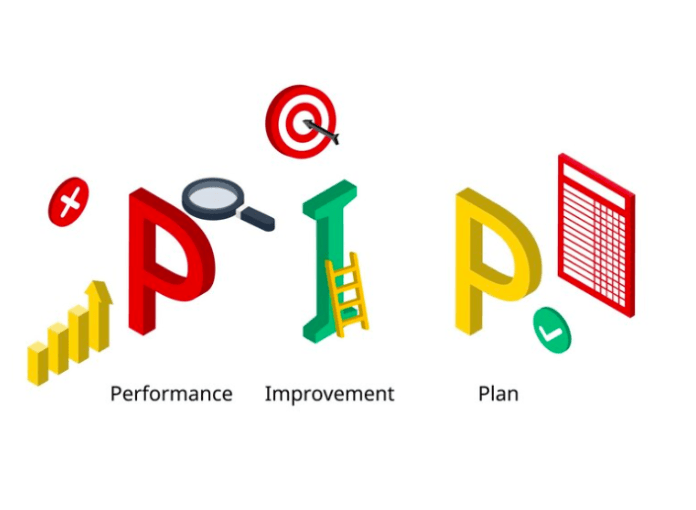No matter how highly qualified employees are, there are instances where managers face the challenge of encountering underperforming employees. Though a variety of factors can contribute to employees’ poor performance, there is no doubt that it can have a negative impact on the business.
Nevertheless, not all employees are super efficient, some come with little knowledge and the urge to learn. It is the organisation’s duty to allow them to acquire skills that help them meet workplace requirements. So when an employee fails to meet performance expectations, the best thing a company can do is provide their employees with a PIP, a.k.a, performance improvement plan.
Performance improvement plans give an employee a chance to improve the quality of their work through a plan of action. A performance improvement plan lays out specific goals that must be met for employees at risk of being fired, demoted, or transferred.
Performance Improvement Plan
PIPs are a document that details an employee’s areas of weakness and provides specific, measurable goals for improvement. When an employee’s work or behaviour consistently falls short of expectations, the organization may create a Performance Improvement Plan (PIP). In any case, its primary purpose is to facilitate open communication, make clear the organization’s goals, and pave the road for professional growth among staff members. Performance review tools obtain useful information promptly.
Supervisors typically write up PIPs, with HR acting as a go-between. Employees granted a PIP usually have between one and three months to complete the tasks outlined in the plan. The employee’s performance can benefit from meeting them, and failing to do so can lead to disciplinary action, including termination.
A Performance Improvement Plan’s Advantages
If the PIP is appropriately used, it can improve an employee’s outlook on the workplace. There are a few more advantages for both workers and businesses as a result:
- An effective PIP helps organisations save money, time, and resources.
- They help companies promote a culture of learning and development.
- PIPs allow businesses to address the training needs of their employees.
- Companies can deal with underperforming employees in a transparent and effective way.
What Should be in a Strategy to Raise Performance?
A well-crafted PIP will provide specifics on the issues at hand as well as the desired results and measures of success. Here’s what the company should include while writing it:
Include the employee’s name, position, and department in the listing of essential information.
- Symptoms justification (PIP): Incorporate a brief sentence that explains the document’s significance.
- Problematic Areas: Outline how the employee’s performance falls short of expectations and where changes are needed. Provide numerical data and specific examples to illustrate the gaps in their understanding of the issues.
- Prescribed methods of progress: Specify the areas for improvement and the concrete steps you intend to take to reach those goals.
- Timeline: Give the employee a beginning and ending date by which they must have completed the tasks.
- Aims and impacts: Outline the employee’s responsibilities and the repercussions for not meeting them.
A performance improvement plan is not something an employer can use to threaten employees. They should use the PIP when workers require more specific instructions from management on boosting their performance. Many people find their sense of identity in their jobs. If employees don’t seem particularly motivated, getting them on board with the company’s vision may spark some interest and enthusiasm, increasing their output.
For instance, performance evaluation software can be a real aid for employers who wish to help the individual employees in their companies. A people experience platform helps in communicating with Human Resources on the PIP’s specifics can shed light on employee improvement. In addition, sharing in good faith can aid in establishing a mutual understanding of the necessary activities and outcomes.
